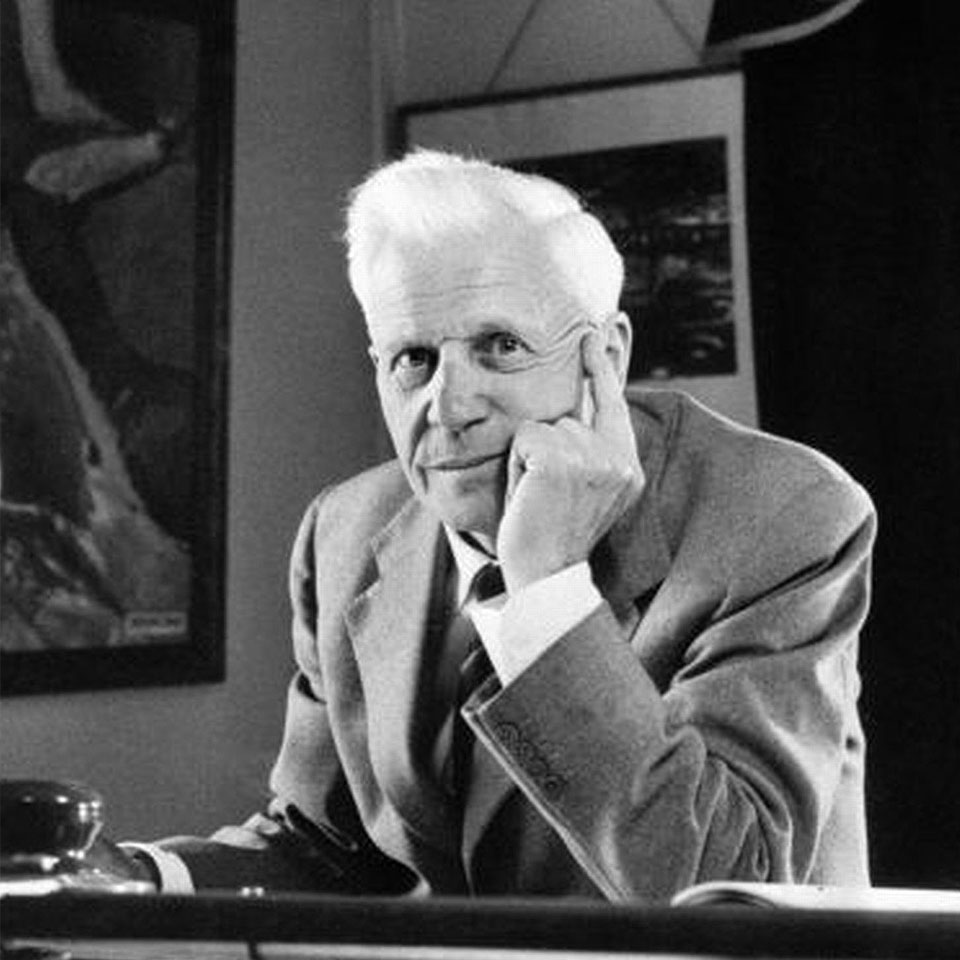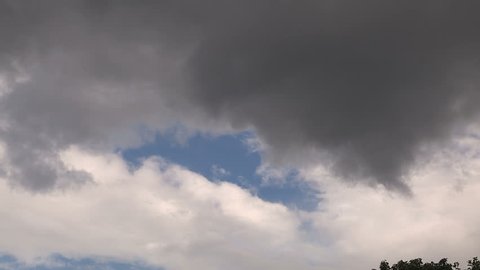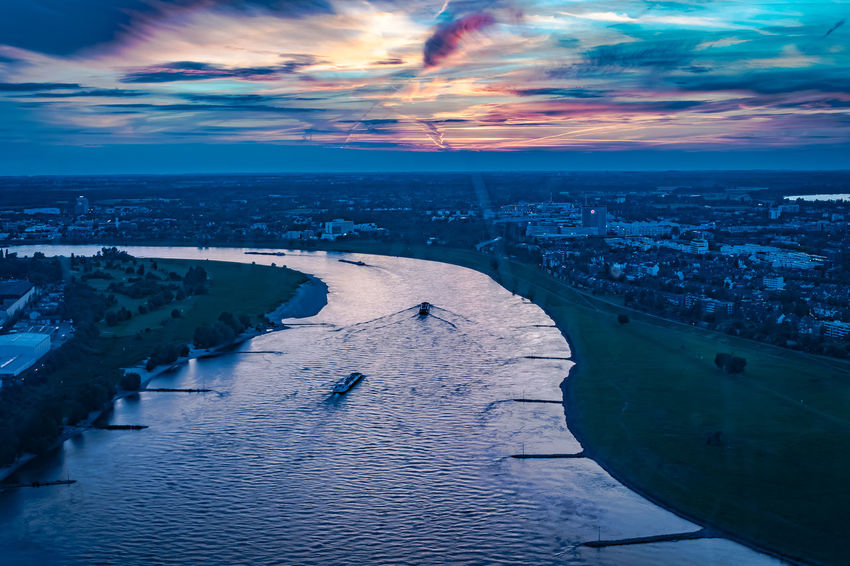Such memorable anniversaries require memorable deeds. On the 16th May 1993 Beagle Bassett G-BSET headed for Germany armed with a small number of tennis balls.

The Beagle Aircraft company was a British light aircraft manufacturer whose headquarters were at Shoreham Airport. The company designed the Airedale, Basset, Husky and the Pup. It had factories at Rearsby in Leicestershire and Shoreham in Sussex. The company was dissolved in 1969.
But the single engine Pup aircraft was to get an extended life as plans went to Scottish Aviation and it was developed into the Bulldog used by the RAF. The twin engine Basset, (which this story revolves around) was also used by the RAF and it’s main purpose was within the Southern Communications Squadron. Part of it’s duty was to position V Bomber crews to bases around the UK during the dangerous decade of the 1960’s.
However in 1993 John Flavell owned one of these ex V Bomber crew air taxi’s and on the 16th May, three of us (John, Dougal Mann and myself) had decided to undergo a little trip to the Moehne Dam.
On the 16th May 1943, 617 squadron led by Guy Gibson set off from RAF Scampton in Lincolnshire on a raid to drop a remarkable new weapon for it’s time that had been developed by Barnes Wallis.


Now known as the bouncing Bomb, but at that time known as (Upkeep) and 617 Squadron would be known as “The Dam Busters”
In one small way we had decided to celebrate this remarkable raid by utilising tennis balls.
We departed Shoreham at 1030 local, our first leg would be across the North Sea to Ostende where we would pick up fuel before entering German airspace. Weather was good on our departure at Shoreham and we routed across east Sussex and over Kent to depart British soil just north of Dover. John and Dougall were at the controls and my part in all this was as observer, map reader and bomb aimer. Flying time for this leg was 50 minutes of which 25 would be over water. Now I am not a happy bunny when flying single engine light aircraft over water, that is well known by close friends of mine, on this day though we had two engines. That of course means that there is twice as many parts to go wrong and if one engine does stop then the other will just take you to the scene of the accident.

Whilst over that stretch of the North Sea I continued to watch a rather wavering oil pressure guage reading on the starboard engine. Dougall’s reaction to my comments was to cover it with a piece of paper. Then It came to the moment I cheekily called “enemy coast ahead”
We landed at Ostende about 11.40, fuelling took about 30 minutes and we were on our way again heading across the Dutch country side, our planned route through Holland was to take us past Antwerp and into Germany passing such names as Eindhoven, Antwerp, Dusseldorf, Essen, Dortmund, all made famous during WW2. Our route would then take us on to a little town called Hamme. Hamme at the time of our flight in 1993 had a VOR navigational beacon which we were using to set up for our route to the dam.
On the night of 16th May 1943 Hamme was also used as a fix to turn onto their run into the dams, but in those days it was not by using sophisticated radio aids. They only had a compass a watch and a map, also if they were lucky an occasional star fix, should the weather be on their side.
Dougall was now busy talking to German Air Traffic Controllers about our intentions. No, not our real intentions, they would not have appreciated that. We had planned to scam them with a navigational exercise which would involve us flying to the Hamme VOR and then turn onto a heading of 135 degrees and fly 35 miles out on that radial, we would then return on a reciprocal heading back to Hamme.
Our scheme worked, they cleared us for the exercise not realising or noting that 35 miles out on 135 degrees was the Moehne Dam and it was also the 50th anniversary of 617 squadrons famous raid. It took us 1 hour and 05 minutes from Ostende to reach Hamme and we then made our turn, the flight time on this radial outbound would be approximately 10 minutes and I prepared our secret weapon, the tennis balls.


As we approached our objective the local weather started to interfere with our cunning plan and we had to reduce our height to maintain a visual with the ground. Alas a certain amount of scud cloud at very low level seemed to be blocking our view of the dam, I knew we had passed overhead as I had briefly seen one of the towers, then we were back into an element of the scud again. Of course we were not expecting to stay long as we did not want to be detected, nor did we want any one on the ground to realise our intentions and we were now getting lower than we had intended.

Our decision was then to go away and hope to return, however the ground level that lies south of the dam is quite high and our time over the scene was limited both by fuel and of any ATC interest as to why we were loitering and not picking up the reciprocal. So we had to abort. The tennis balls were to remain with us and we turned back toward Hamme somewhat dejected. Maybe it was a good thing, the Germans are not known for their sense of humour and of course a lot of the German people around that dam in 1943 were drowned, so perhaps it was for the best. Ten minutes later we arrived over the Hamme VOR and set course back for Ostende. It was now mid afternoon and the sun was now waning into the west, it shone and sparkled on the Datteln Hamme Kanal, then it picked up and reflected off the Rhein Herne Kanal, but my main memory was the suns rays as they picked out the River Rhine in the distance. So many bomber crews must have used that river as a reference and a way out toward the North Sea and then on their way to friendly shores during the conflict. It left a powerful impression on me and that view has stayed with me till this day.

That leg of the trip took 1 hour 45 minutes, back to Ostende, fuelling up again for the crossing to England and another monitoring of that dodgy oil pressure gauge on the Starboard engine. Dougall however was ahead of me and he placed the piece of paper up against the gauge before I started to make note of that wobbly needle.
The Ostende to Shoreham leg added another 1 hour and 10 minutes flight time. In all our airborne flight time was 5 hours and 15 minutes plus 1 hour in total fuelling at Ostende, therefore we had returned after 6 hours 15 minutes. Unfortunately still carrying the tennis balls.

A few days later I painted a Beagle Bassett hound dog on the side of the nose of the aircraft for John, it depicted “Freddie Basset” chasing a bouncing ball.

…………………………………………………………………………………………………………………………………….
More than 1,500 people were killed along the Möehne and Ruhr rivers, and 68 in the Eder Valley. Two-thirds of the victims were foreign prisoners of war and forced-labourers, most were women and from different camps, the majority of them from the Soviet Union.

Only eleven of the nineteen Lancasters made it safely back to RAF Scampton. Of the 133 men who took part in the raid, 53 lost their lives and 3 were captured having bailed out.
…………………..
In 1977, the Geneva Convention outlawed attacks on dams “If such an attack may cause the release of dangerous forces from the works or installations and the consequent severe losses among the civilian population”.
Lest we forget

What a fabulous trip and to hear through modern eyes how that iconic flight would have been
The intention of tennis balls was ‘Boys’ Own’ hilarious, so it was good to read in the narrative this balanced against sobering facts about the loss of life in 1943.
Really enjoyed reading this! 🙂
a cousin worked on Barnes Wallis’s team – his speciality was the lock/release mechanism:
subsequently designed the VC10 toilet (someone had to!)
LikeLike
Yet again I thank you for great comments on my musings. So good to get such positive responses from you.
LikeLiked by 1 person
Very nice account Bev. When my friend Chris and I went to visit the WW1 graves we made landfall at Ostend and my call as soon as I saw the coast was similar to yours. Lovely story, but probably just as well your balls didn’t drop
LikeLike
Yes, good job you cannot be done for intentions..
LikeLike